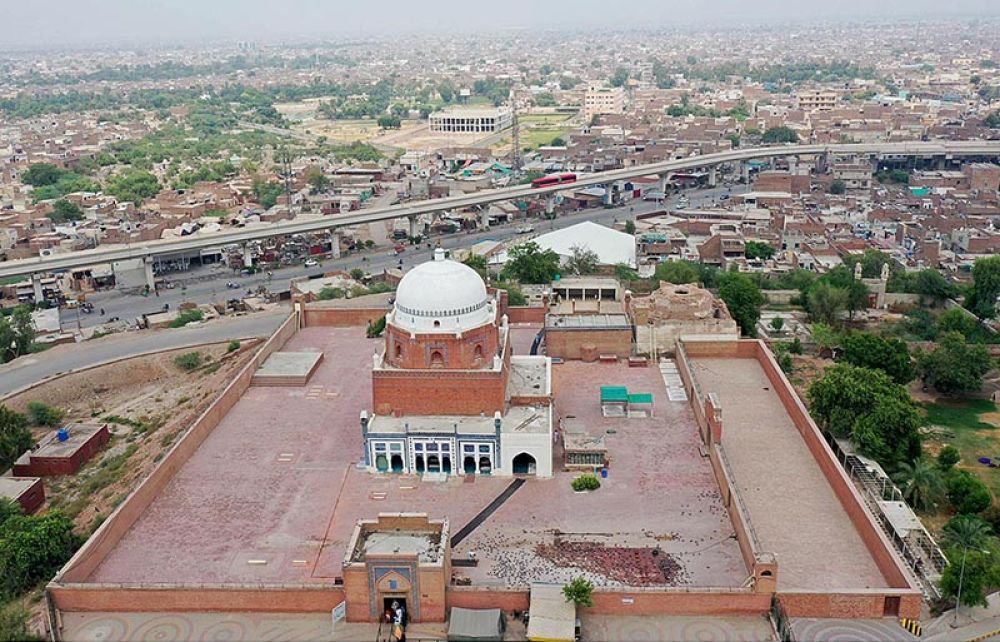

Located in the heart of Multan, a city often referred to as the City of Saints, the Shrine of Bahauddin Zakariya stands as a testament to the rich Sufi heritage of the region. This sacred site has attracted pilgrims and tourists alike for centuries, and continues to be a pivotal part of the city's religious and cultural landscape.
The Shrine of Bahauddin Zakariya, built in the 13th century, honors the Sufi mystic and saint Bahauddin Zakariya, known for his contributions to Islamic teachings and spirituality. His shrine reflects the Tughluq architecture of the era and provides visitors with a glimpse into the Islamic Golden Age. The site's history is deeply intertwined with the spread of Islam in South Asia, as well as the Sufi traditions that continue to shape Multan's identity.
Over the years, the Shrine of Bahauddin Zakariya has remained a central destination for religious tourism. The annual Urs festival, commemorating the saint's death anniversary, is especially significant, drawing crowds in the thousands. Historically, the shrine has been a beacon for those seeking spiritual guidance, but in recent times, it has also begun to attract visitors interested in the region's architectural and historical legacy.
As tourism trends evolve, the government of Pakistan and local authorities in Multan have taken steps to preserve and promote the shrine as a key historical site. Efforts to enhance the visitor experience include the restoration of the shrine's structures and improving the infrastructure surrounding it. These initiatives aim to cater to the needs of both pilgrims and cultural tourists.
The latest trends in tourism at the Shrine of Bahauddin Zakariya revolve around the growing interest in cultural and experiential travel. Tourists are seeking more than just sightseeing; they aim to immerse themselves in the local traditions and take part in cultural activities. To accommodate this, tour operators are offering packages that include Sufi music performances, storytelling sessions, and guided heritage walks around Multan's historic sites.
The Shrine of Bahauddin Zakariya is open to the public year-round. Visitors are advised to dress modestly to respect the religious nature of the site. Photography may be restricted in certain areas, so it is recommended to seek permission before capturing images. Tourists should also be mindful of the cultural norms and customs observed by local visitors, especially during religious events and festivals.
The Shrine of Bahauddin Zakariya in Multan is not only an important religious site but also a vivid reflection of Pakistan's cultural diversity and historical richness. As it adapts to modern tourism trends, the shrine ensures that the legacy of Bahauddin Zakariya and the soulful spirit of Sufism remain accessible to people from all walks of life.